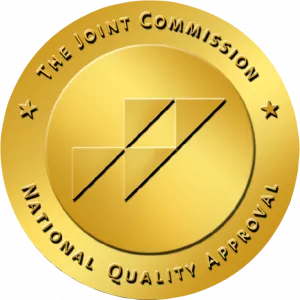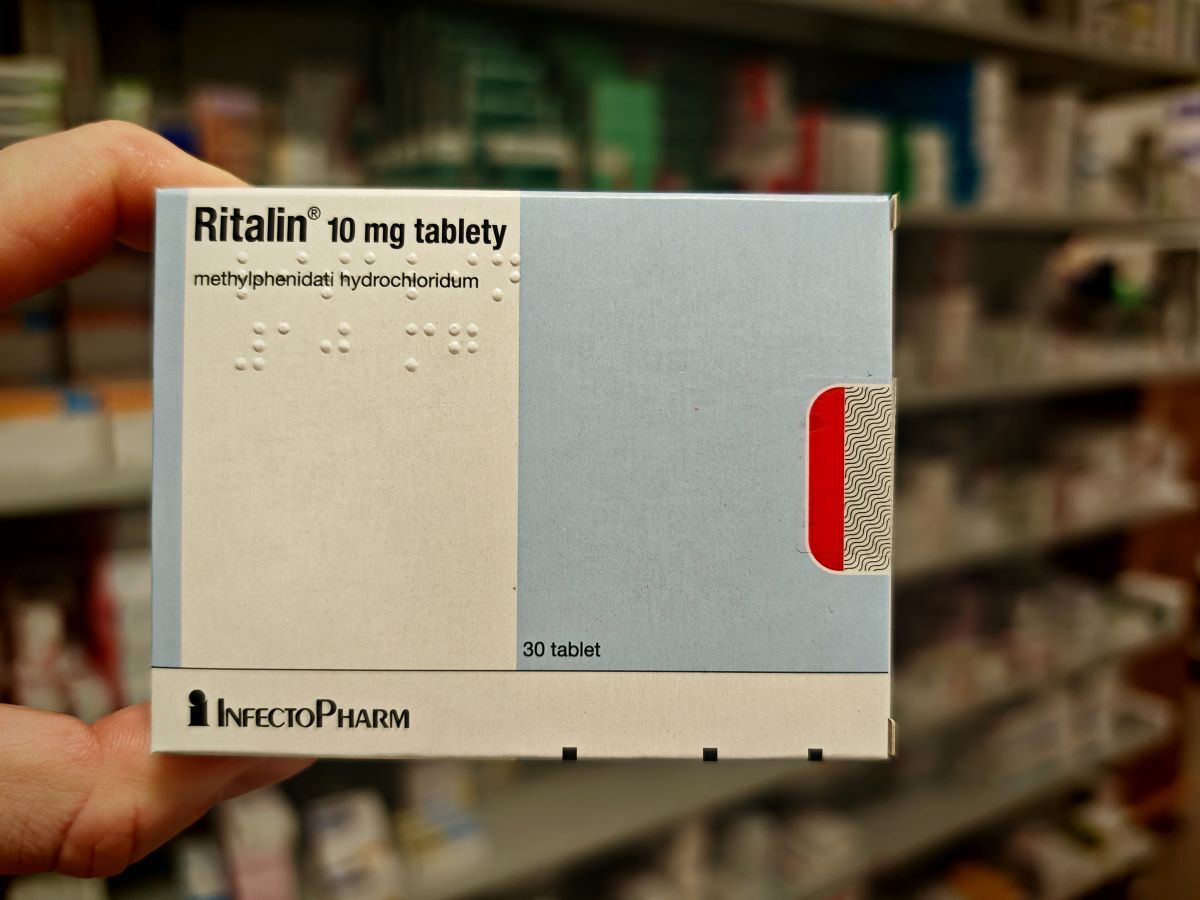Ritalin can be incredibly helpful when taken as prescribed, but it also carries a real risk of addiction, especially when misused. The medication works by boosting dopamine levels in the brain, which can make people feel good and even euphoric. When Ritalin is taken in larger doses or without a prescription, this sense of euphoria can be tempting to chase, leading to repeated misuse. Over time, people may find themselves addicted to Ritalin, needing more of the drug to feel the same effects. This cycle can create physical dependence and strong cravings, making Ritalin addictive for some individuals.
What is Ritalin?

Ritalin, or methylphenidate, is a prescription medication primarily used to treat attention deficit hyperactivity disorder (ADHD) and narcolepsy. As a stimulant, it works by increasing the levels of dopamine and norepinephrine in the brain, which helps improve focus, attention, and impulse control. When taken under a doctor’s supervision, Ritalin can be a highly effective tool in managing symptoms of ADHD. It comes in various forms, including tablets and extended-release capsules, making it adaptable to the needs of different patients.
At Avenues Recovery, we've witnessed firsthand the challenges faced by individuals struggling with Ritalin abuse and addiction. Our goal is to provide information and support to help those affected understand the risks, recognize the signs, and embark on a path to recovery.
Why do People Abuse Ritalin?

People often turn to Ritalin for its ability to boost focus, energy, and productivity, especially in demanding situations like school or work. Students and professionals might misuse Ritalin to stay alert longer, concentrate better, or enhance their performance. Some individuals even use it recreationally for the euphoric feelings it can produce in high doses. The pressure to excel, combined with the misconception that Ritalin is “safe” because it’s a prescribed medication, can lead people to misuse it without fully understanding the risks of addiction and other serious consequences.
Comparison with Other Stimulants
When comparing Ritalin abuse to the misuse of other stimulants like amphetamines or cocaine, there are some important differences and similarities. Ritalin and amphetamines both increase dopamine levels in the brain, which can lead to similar risks of addiction and withdrawal symptoms. However, amphetamines, including medications like Adderall and illicit drugs like methamphetamine, often have a higher potential for abuse because they produce more intense effects and work faster. Cocaine, another powerful stimulant, creates a strong and immediate sense of euphoria but also comes with a higher risk of serious issues such as heart problems and severe psychological effects, like paranoia and hallucinations. While all these stimulants can be addictive and harmful, the specific risks and effects can differ, making it important for treatment approaches to be customized based on the type of stimulant used and individual needs.
Side Effects of Ritalin Drug Abuse
Common side effects of Ritalin abuse include:
- Cardiovascular Issues:
- Increased heart rate (tachycardia)
- Elevated blood pressure
- Risk of heart palpitations and arrhythmias
- Potential for heart attack or stroke with prolonged abuse
- Neurological and Cognitive Effects:
- Headaches and dizziness
- Difficulty sleeping or insomnia
- Impaired cognitive function (memory and concentration)
- Increased risk of seizures in susceptible individuals
- Psychological and Behavioral Impact:
- Anxiety, restlessness, and nervousness
- Severe mood swings and irritability
- Paranoia, delusions, and hallucinations
- Potential development of stimulant-induced psychosis
- Gastrointestinal Issues:
- Nausea and vomiting
- Loss of appetite leading to significant weight loss
- Stomach pain and digestive disturbances
- Addiction and Dependency Risks:
- Tolerance, requiring higher doses to achieve the same effect
- Physical dependence with withdrawal symptoms such as fatigue, depression, and irritability
- Cravings for the drug, making cessation difficult
- Long-Term Health Risks:
- Increased risk of cardiovascular disease and complications
- Potential for chronic sleep disorders
- Mental health conditions such as anxiety disorders or depression exacerbated by prolonged use
Long Term Effects of Ritalin Drug Addiction
Chronic abuse of Ritalin can lead to significant and enduring impacts on both physical and mental health. Over time, ongoing misuse can cause serious cardiovascular issues, like persistent high blood pressure and an increased risk of heart disease. Cognitive abilities may decline, with challenges in memory, attention, and overall mental clarity. Mental health can also take a hit, with issues like chronic anxiety, depression, and mood swings potentially worsening. Sleep disturbances, including insomnia, can become a persistent problem, affecting overall well-being.
Signs of Ritalin Abuse
Signs of Ritalin abuse can be seen in both behavior and physical health. People might begin taking more Ritalin than prescribed or use it without a prescription, becoming overly focused on getting and using the drug. As tolerance builds, they may need higher doses to feel the same effects, and cutting back can lead to withdrawal symptoms like fatigue, depression, and irritability.
Behavioral changes can include neglecting responsibilities at work or school, withdrawing from family and friends, and being dishonest about drug use.
Physically, noticeable weight loss, ongoing insomnia, and frequent headaches or dizziness can occur. Emotionally, users might experience increased anxiety, mood swings, and even paranoia, all of which are strong signs of addiction.
How Much Ritalin Does It Take for an Overdose?
The risk of Ritalin overdose increases when taken in large doses or combined with other substances. While the lethal dose varies depending on individual tolerance, Ritalin overdose has been reported at doses exceeding 60 mg in a single sitting, though toxicity can occur at lower levels, especially in those without a prescription.
Signs of Ritalin Overdose
Signs of a Ritalin overdose can appear suddenly and are usually quite severe, affecting various parts of the body.
Cardiovascular symptoms of a Ritalin overdose may include:
- A rapid or irregular heartbeat
- Dangerously high blood pressure
- Chest pain
All of which can signal serious heart issues, including a potential heart attack.
Neurological symptoms of a Ritalin overdose might involve:
- Intense headaches
- Tremors
- Seizures
- Extreme agitation or confusion.
- Hallucinations
- Delusions
- Paranoia
Gastrointestinal problems like nausea, vomiting, and severe abdominal pain are also common. Additionally, symptoms such as difficulty breathing, excessive sweating, and even fainting or loss of consciousness indicate that immediate medical attention is crucial.
How Long Does Ritalin Last?
Immediate-release Ritalin typically lasts about 3 to 4 hours, offering short-term relief and often requiring several doses throughout the day to stay effective. In contrast, extended-release versions like Ritalin LA or Concerta are designed to release the medication gradually, providing effects for about 8 to 12 hours. This longer duration helps manage symptoms over an entire day, reducing the need for frequent dosing. However, how long Ritalin remains active can vary from person to person, influenced by factors such as metabolism, dosage, and overall health.
Ritalin Half-Life
The half-life of Ritalin varies depending on factors like metabolism and dosage. On average:
- Immediate-release Ritalin half-life: 2–3 hours
- Extended-release Ritalin half-life: 3.5–4.5 hours
This means it takes around 5–6 half-lives for the drug to be fully eliminated from the body, which can range from 10–24 hours depending on the formulation.
Ritalin Abuse Prevention Strategies
Preventing Ritalin misuse involves a multi-layered approach that begins with education and careful medication management. For those prescribed Ritalin, it’s essential to follow the dosage and schedule exactly as directed. Educating patients, their families, and caregivers about the risks of misuse and the potential for addiction can help reduce the temptation to abuse the medication. Schools and workplaces also have a role to play by creating environments that support mental health and discourage the use of stimulants for performance enhancement. Open communication between patients and healthcare providers is crucial, as it ensures that any concerns about medication use are addressed quickly, helping to prevent misuse and promote a responsible approach to managing ADHD and related conditions.
Treatment for Ritalin Abuse
Addressing Ritalin abuse requires a thorough approach that addresses both the physical and psychological aspects of addiction. The process usually starts with medically supervised detoxification to safely manage withdrawal symptoms. After detox, behavioral therapies play a key role in recovery. Cognitive-behavioral therapy (CBT) helps individuals recognize and change harmful thought patterns and behaviors related to their drug use. Contingency management and motivational enhancement therapy can further support recovery by encouraging positive behavior changes and boosting motivation.
Support groups and counseling are also essential, providing valuable networks of peers and professionals who offer guidance and encouragement. In some cases, medications might be prescribed to address co-occurring mental health issues, such as anxiety or depression, which can complicate recovery. A personalized treatment plan, often combining these strategies, helps individuals rebuild their lives and develop healthier coping skills.
If you or someone you care about is struggling with Ritalin abuse, don’t wait to seek help. Avenues Recovery Center offers compassionate and comprehensive treatment that addresses both the physical and emotional challenges of addiction. Our expert team is here to guide you through every step of your recovery journey, offering the support and tools needed for lasting change. Contact us today to find out how we can help you take control and start a new chapter in your life. Your path to recovery starts here—reach out to Avenues Recovery Center now.



